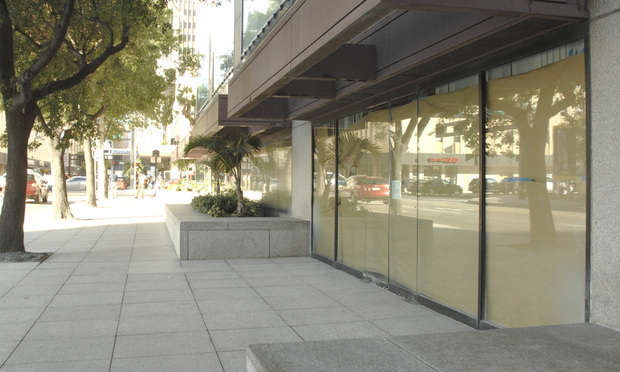 For generations, New York’s Rent Control and Rent Stabilization Laws, which limit the amount of rent residential tenants may be charged and provide other protections, have been fixtures of New York real estate. For a time (1945-1963), New York City (the City) had a rent control statute applicable to commercial tenants, but that law expired, after which commercial rent control disappeared from the policy landscape. However, as retail vacancies have multiplied in the City in recent years, some in the City Council have advocated for the reconsideration of commercial rent control, as set out in a proposed piece of legislation, the Small Business Jobs Survival Act (Intro 737). §22-1202, et seq. This article provides a brief, non-technical review of the bill and the legal and practical hurdles it faces if enacted.
For generations, New York’s Rent Control and Rent Stabilization Laws, which limit the amount of rent residential tenants may be charged and provide other protections, have been fixtures of New York real estate. For a time (1945-1963), New York City (the City) had a rent control statute applicable to commercial tenants, but that law expired, after which commercial rent control disappeared from the policy landscape. However, as retail vacancies have multiplied in the City in recent years, some in the City Council have advocated for the reconsideration of commercial rent control, as set out in a proposed piece of legislation, the Small Business Jobs Survival Act (Intro 737). §22-1202, et seq. This article provides a brief, non-technical review of the bill and the legal and practical hurdles it faces if enacted.
The sharp increase in empty storefronts is not a mirage. Availability rates in many Manhattan submarkets exceed 20 percent. Nevertheless, the causes are unclear. While some claim that landlords are to blame for allegedly holding out for higher rents, the bankruptcies of retailers such as Toys”R”Us and Sears, and the growth of online shopping, suggest structural factors are at play. The response to Intro 737 from the Real Estate Board of New York (REBNY) has been decidedly negative. REBNY and others have argued that commercial rent control is not the cure for retail vacancies and that its enactment might exacerbate the problem, as it could disincentivize landlords from modernizing existing commercial space or creating new space, and it might make it harder for less-established tenants to find space, as landlords would seek to avoid being saddled with a long-term, under-productive tenant.






